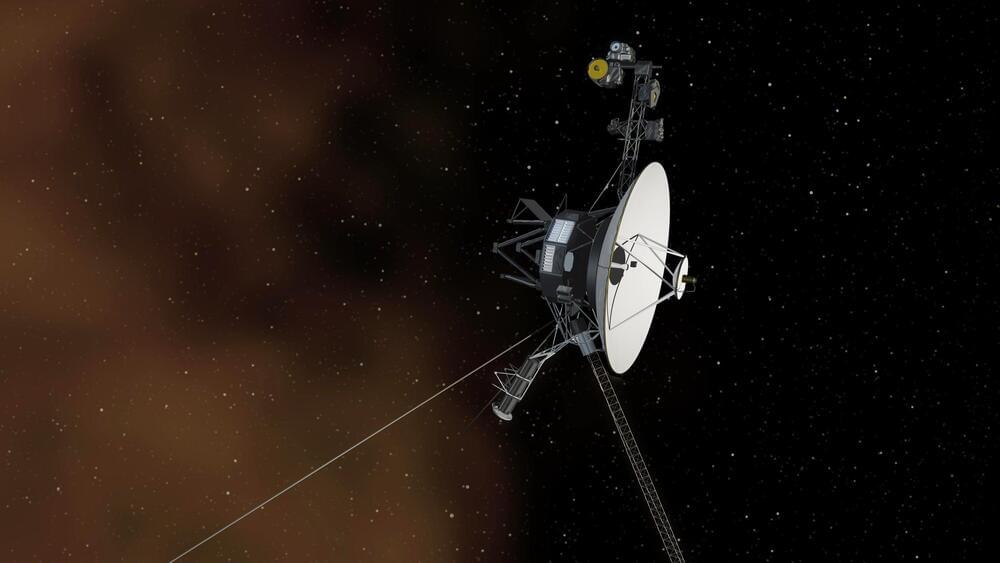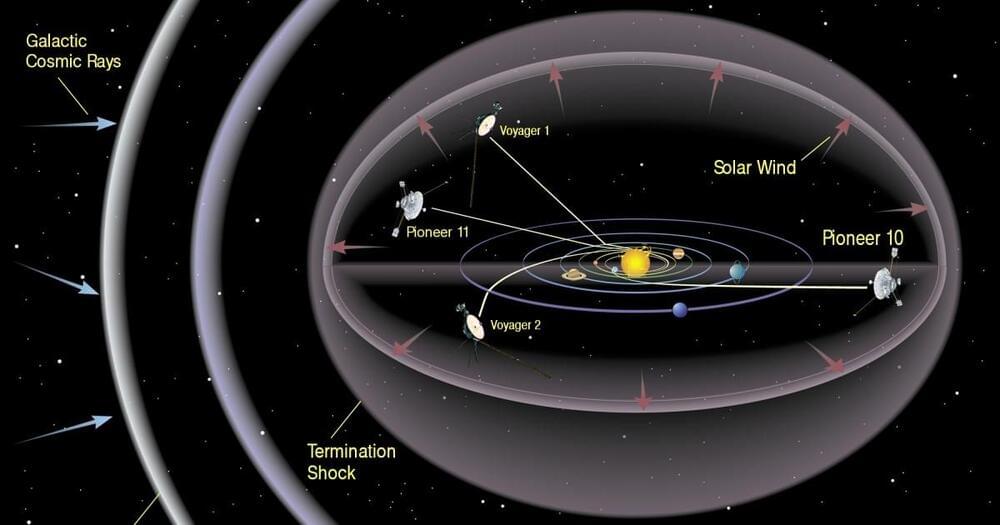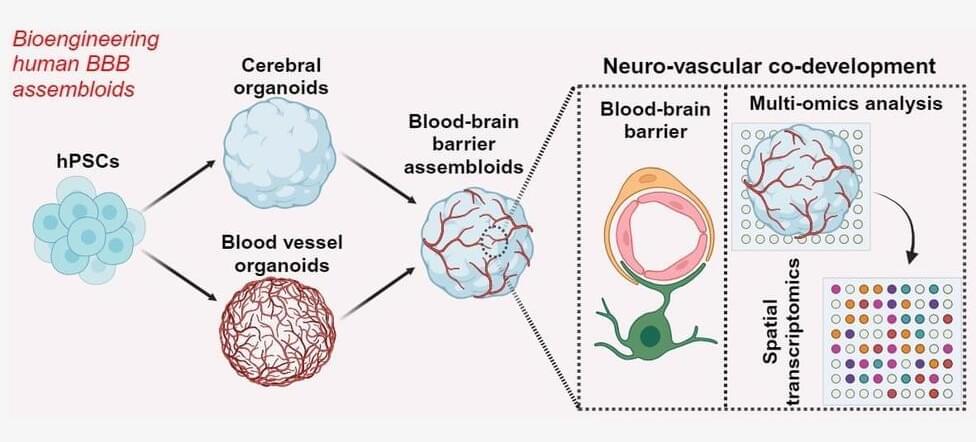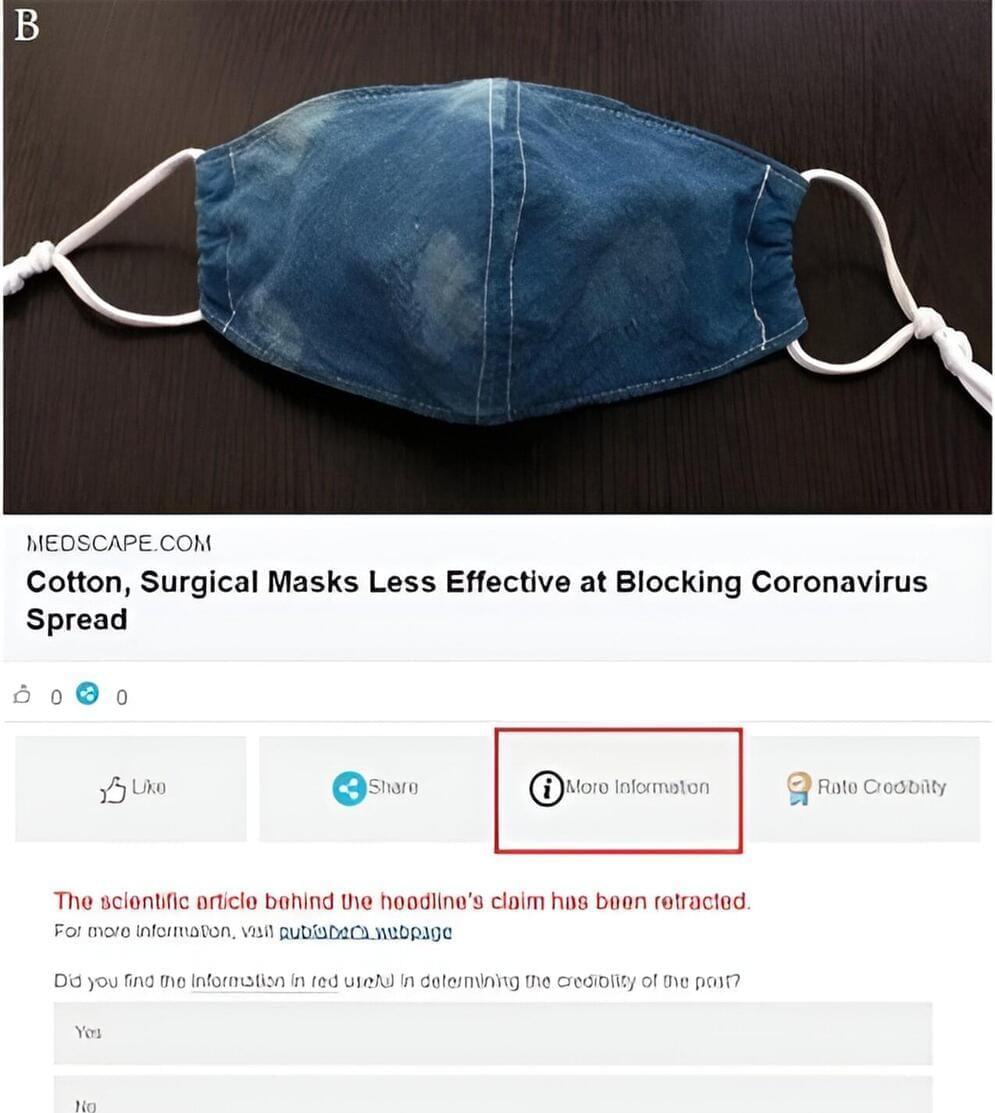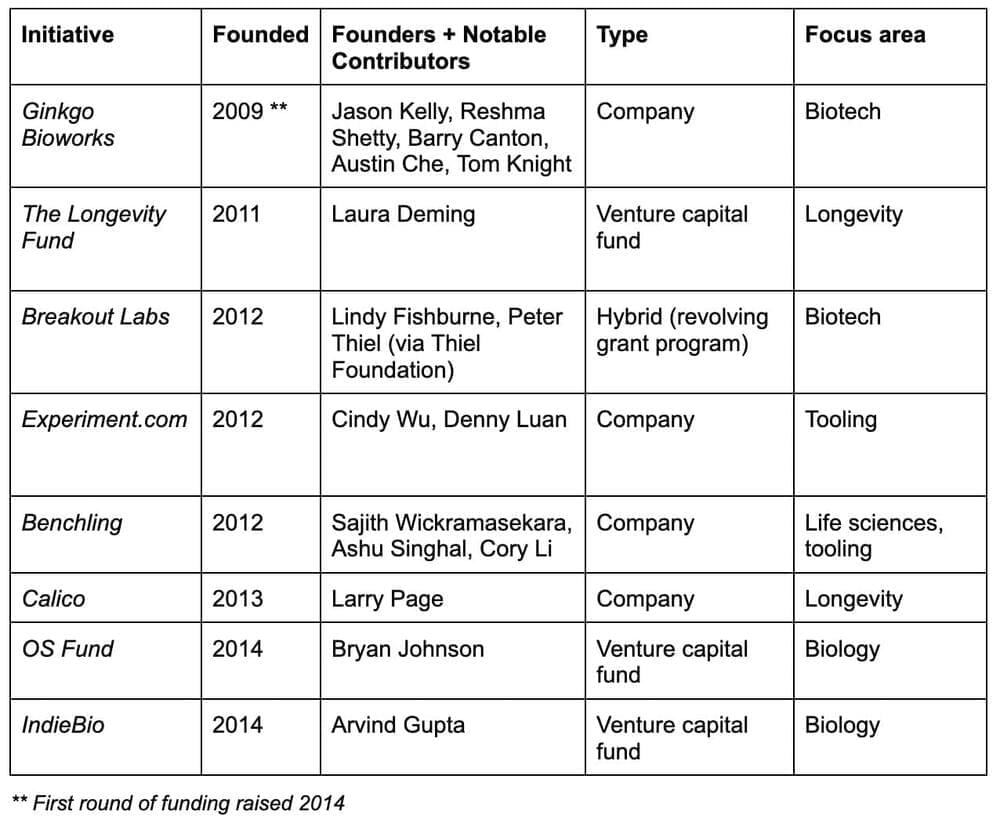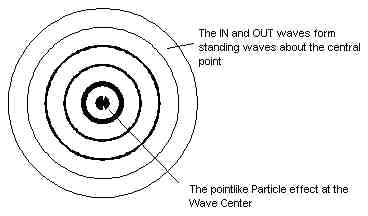Voyager 1, after overcoming a computer issue, has resumed sending scientific data from two of its instruments, with plans to recalibrate the remaining two soon. This marks significant progress in restoring the spacecraft, which is over 15 billion miles from Earth and requires over 22 hours for communications to travel one way.
NASA ’s Voyager 1 has resumed returning science data from two of its four instruments for the first time since November 2023, when a computer issue arose with the spacecraft. The mission’s science instrument teams are now determining steps to recalibrate the remaining two instruments, which will likely occur in the coming weeks. The achievement marks significant progress toward restoring the spacecraft to normal operations.
Progress in Troubleshooting.
